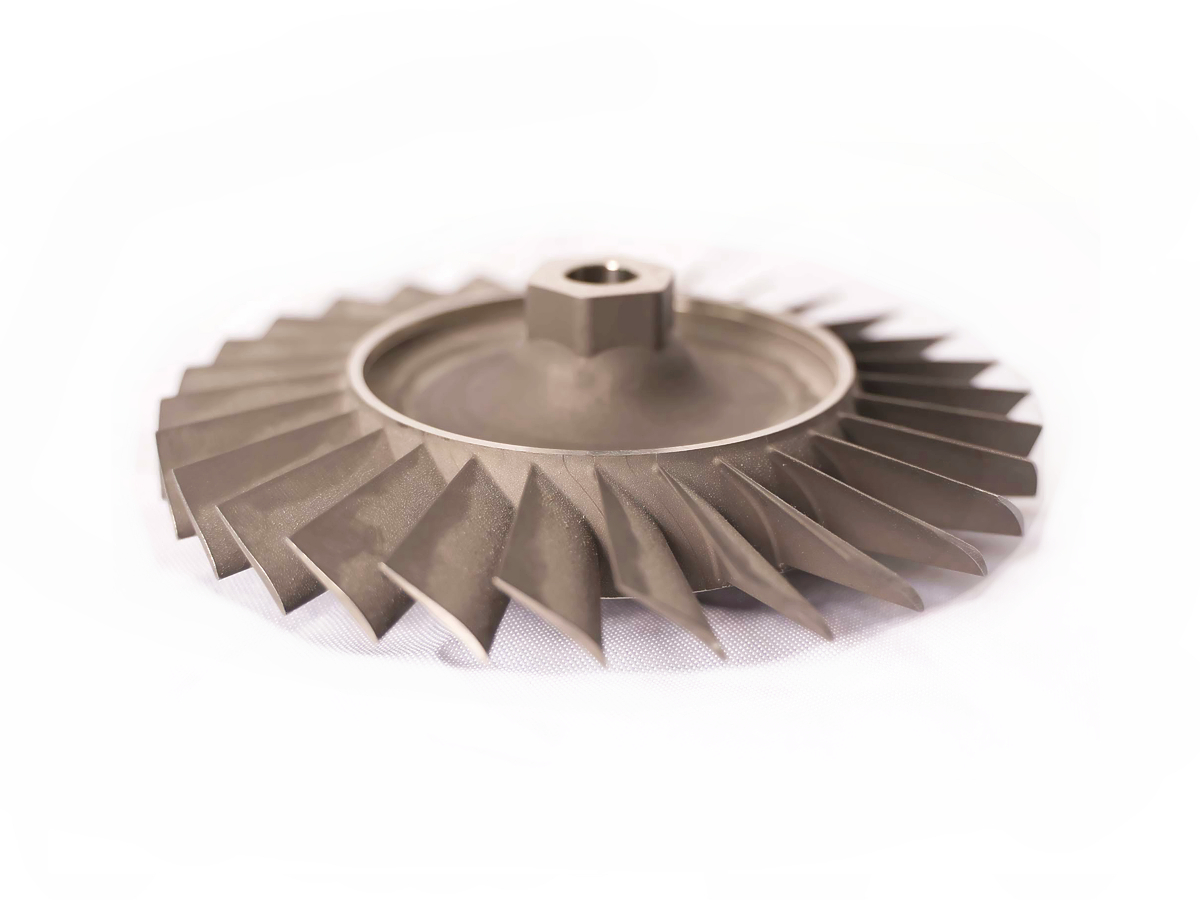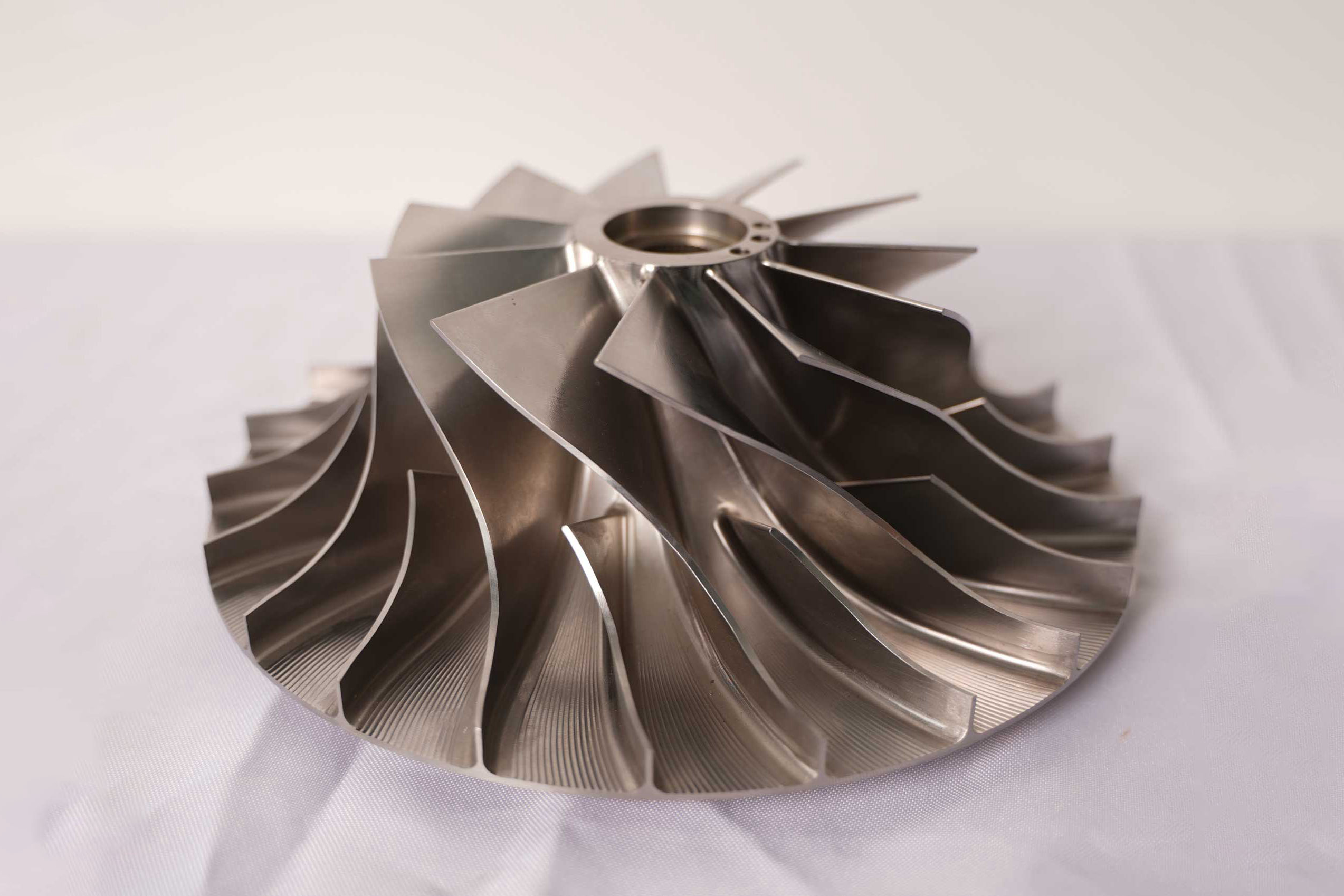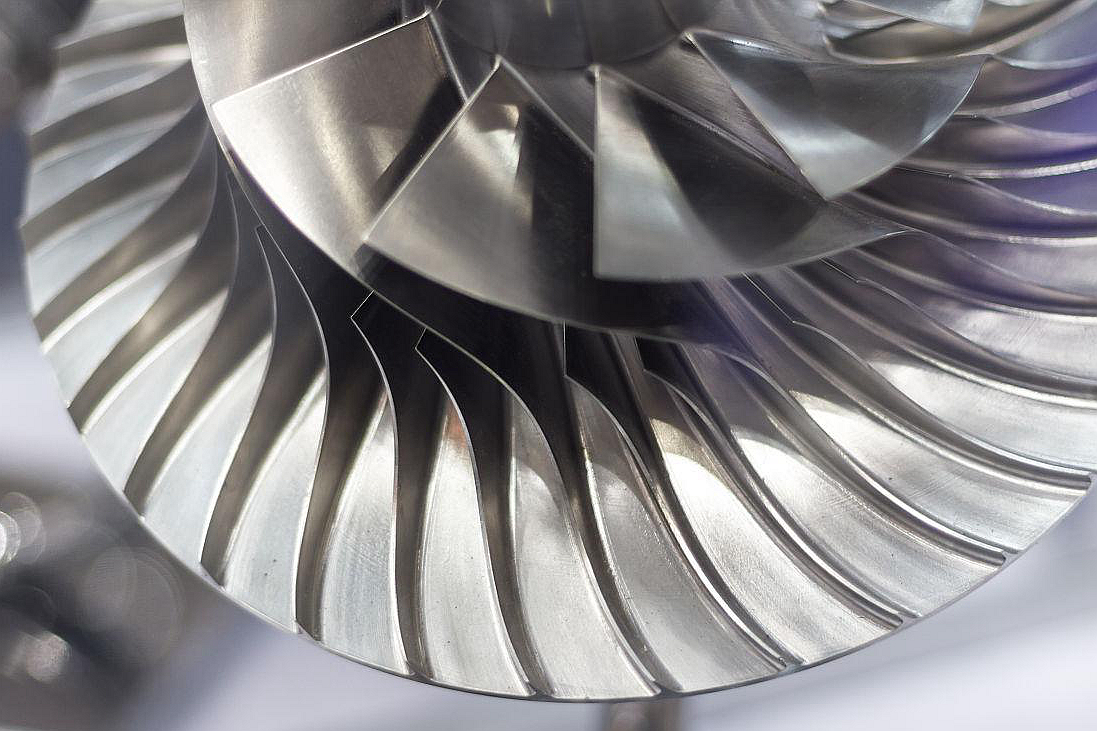Inconel 738C
Introduction to Inconel 738C
Inconel 738C is a cast nickel-based superalloy engineered for high-temperature structural applications where creep resistance, oxidation protection, and thermal fatigue resistance are critical. This alloy is an improved variant of Inconel 738, tailored for enhanced castability and better weldability, making it a reliable choice for precision-cast components that undergo CNC post-processing.
Inconel 738C retains a similar high γ′ content (~60%) and is stabilized by elements such as nickel (~62%), chromium (16%), cobalt (8.5–9.5%), titanium (3.4–3.8%), and aluminum (3.2–3.7%). It exhibits excellent high-temperature mechanical stability up to 980°C (1796°F), allowing its use in turbine vanes, combustor hardware, and other components exposed to aggressive thermal cycles.
Chemical, Physical, and Mechanical Properties of Inconel 738C
Inconel 738C (UNS R30738 / ASTM A297) is typically supplied in investment cast, solution heat-treated, and aged conditions, suitable for high-integrity aerospace and power turbine parts.
Chemical Composition (Typical Cast Analysis)
Element | Composition Range (wt.%) | Key Role |
|---|---|---|
Nickel (Ni) | ~62.0 | Base matrix; high thermal strength |
Chromium (Cr) | 15.5–16.5 | Oxidation and corrosion resistance |
Cobalt (Co) | 8.5–9.5 | Enhances fatigue and thermal stability |
Tungsten (W) | 2.6–3.3 | Solid-solution strength |
Molybdenum (Mo) | 1.5–2.1 | Improves creep performance |
Titanium (Ti) | 3.4–3.8 | γ′ formation for age-hardening |
Aluminum (Al) | 3.2–3.7 | Combined with Ti to stabilize γ′ phase |
Carbon (C) | 0.08–0.12 | Controlled for carbide formation and grain strength |
Boron (B) | 0.005–0.01 | Improves ductility and crack resistance |
Zirconium (Zr) | ≤0.05 | Increases grain boundary cohesion |
Silicon (Si) | ≤0.5 | Enhances oxidation scale adherence |
Manganese (Mn) | ≤0.5 | Aids castability and slag removal |
Physical Properties
Property | Value (Typical) | Test Standard/Condition |
|---|---|---|
Density | 8.15 g/cm³ | ASTM B311 |
Melting Range | 1260–1330°C | ASTM E1268 |
Thermal Conductivity | 11.0 W/m·K at 100°C | ASTM E1225 |
Electrical Resistivity | 1.28 µΩ·m at 20°C | ASTM B193 |
Thermal Expansion | 13.3 µm/m·°C (20–1000°C) | ASTM E228 |
Specific Heat Capacity | 450 J/kg·K at 20°C | ASTM E1269 |
Elastic Modulus | 188 GPa at 20°C | ASTM E111 |
Mechanical Properties (Cast + Aged Condition)
Property | Value (Typical) | Test Standard |
|---|---|---|
Tensile Strength | 980–1100 MPa | ASTM E8/E8M |
Yield Strength (0.2%) | 680–800 MPa | ASTM E8/E8M |
Elongation | ≥4–8% (25mm gauge) | ASTM E8/E8M |
Hardness | 330–390 HB | ASTM E10 |
Creep Rupture Strength | ≥135 MPa @ 870°C, 1000h | ASTM E139 |
Key Characteristics of Inconel 738C
Optimized Castability: Improved fluidity and feeding behavior minimize shrinkage and porosity in complex turbine components.
High Gamma Prime Strength: γ′ volume fraction near 60% allows for excellent mechanical stability at high operating temperatures.
Surface Stability: Forms protective oxide scales (Cr₂O₃ and Al₂O₃) for superior oxidation resistance under cyclic heating conditions.
CNC Machining Readiness: Castings can be post-machined to tolerances of ±0.02 mm with surface finishes as fine as Ra ≤ 0.8 µm using high-performance tooling.
CNC Machining Challenges and Solutions for Inconel 738C
Machining Challenges
High Hardness
Age-hardened 738C parts can exceed 390 HB, creating difficulty in maintaining tool life and surface finish during extended machining cycles.
Heat Retention
Thermal conductivity under 12 W/m·K concentrates heat at the cutting zone, requiring advanced cooling and coating solutions.
Microstructural Abrasiveness
Intermetallic phases and carbides contribute to rapid edge wear and crater formation, especially at high cutting speeds.
Optimized Machining Strategies
Tool Selection
Parameter | Recommendation | Rationale |
|---|---|---|
Tool Material | SiAlON ceramics or PVD-coated carbide | Withstands extreme heat and abrasive wear |
Coating | TiAlN, AlCrN (3–6 µm thickness) | Reduces thermal load and friction |
Geometry | 10–12° positive rake, edge-prepped insert | Controls cutting forces and delays edge failure |
Cutting Parameters (ISO 3685)
Operation | Speed (m/min) | Feed (mm/rev) | DOC (mm) | Coolant Pressure (bar) |
|---|---|---|---|---|
Roughing | 15–25 | 0.20–0.30 | 2.0–3.0 | 80–100 |
Finishing | 30–45 | 0.05–0.10 | 0.3–0.8 | 100–150 |
Surface Treatment for Machined Inconel 738C Parts
Hot Isostatic Pressing (HIP)
HIP densifies internal microstructures and improves low-cycle fatigue resistance by eliminating microporosity typical in castings.
Heat Treatment
Heat Treatment involves solutioning at 1120–1170°C followed by aging at 845°C to fully precipitate the γ′ phase for strength and thermal stability.
Superalloy Welding
Superalloy Welding is possible with preheating and controlled filler metal application, minimizing cracking during joining or repair.
Thermal Barrier Coating (TBC)
TBC Coating applies 125–250 µm of YSZ ceramics to extend thermal fatigue life and reduce in-service oxidation of airfoil surfaces.
Electrical Discharge Machining (EDM)
EDM enables precise cutting of cooling slots, fir-tree roots, and complex features to ±0.01 mm accuracy post-casting.
Deep Hole Drilling
Deep Hole Drilling provides accurate, high-aspect-ratio holes (L/D ≥ 40:1) essential for cooling flow channels in turbine applications.
Material Testing and Analysis
Material Testing includes microstructural analysis, tensile/corrosion testing, and NDT per ASTM E139, E112, and AMS 5389 standards.
Industry Applications of Inconel 738C Components
Aircraft Turbines
Nozzle guide vanes, turbine blades, and shroud segments.
Delivers mechanical integrity at 900–980°C under cyclic flight conditions.
Industrial Gas Turbines
Transition ducts, combustor parts, and rotor segments.
Performs under high-pressure combustion and rapid thermal cycling.
Power & Energy
Turbine exhaust frames, seals, and heat shield systems.
Combines oxidation resistance with long-term creep strength.
Defense & Space Propulsion
High-temperature jet engine and rocket nozzle components.
Maintains load-bearing strength in harsh reentry and launch environments.
FAQs
What are the key differences between Inconel 738 and 738C in terms of castability and machining?
What are the best CNC tooling solutions for Inconel 738C?
How does HIP improve fatigue performance in cast Inconel 738C parts?
Can Neway provide a turnkey solution for Inconel 738C—casting, machining, and TBC?
What quality assurance methods are applied to Inconel 738C turbine components?



